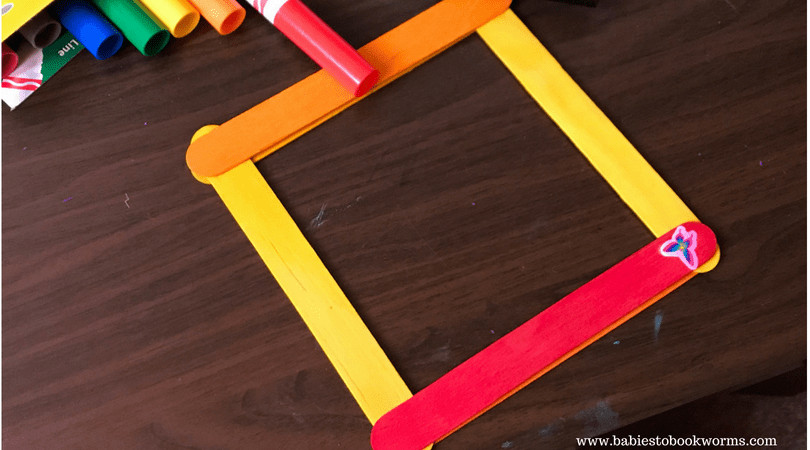Have you ever wondered what a group of kangaroos is called? It might sound like a riddle, but it’s actually a “mob”! Discovering the unique names for Animal Families is not just fascinating, it’s a wonderful way to expand our understanding of the natural world. Inspired by the delightful children’s book, “When Fur and Feather Get Together,” we’ve explored the captivating world of animal families and come up with some engaging activities to share with your little ones.
“When Fur and Feather Get Together,” penned by David Margrave and brought to life with illustrations by Kim Wyly, is a charming book that introduces children to the special names given to groups of different animals. Through playful rhymes and vibrant pictures, the book takes readers on a journey of discovery, revealing names like a “parliament” of owls or a “business” of ferrets. It’s a heartwarming story about family connections across species, making learning about animal families both educational and emotionally resonant for children and adults alike. This book is a fantastic resource for anyone looking to introduce kids to the concept of animal families in an engaging and memorable way.
Fun Activities to Learn About Animal Families
Learning about animal families can be more than just reading a book. Turn it into an interactive experience with these fun, hands-on activities that cater to different age groups and learning styles.
Sorting Animal Families: A Hands-On Learning Experience
Sorting Animals: Since “When Fur and Feather Get Together” focuses on animal families, it’s a perfect springboard for sorting activities. For younger children, start with simple sorting based on animal types. If your child has toy animals, like dogs and cats, you can begin there. After reading the book, discuss the differences between these animals and have your child sort them into groups. This activity reinforces observation skills and basic categorization.
 A young girl sorting toy animals into different groups, focusing on dogs and cats
A young girl sorting toy animals into different groups, focusing on dogs and cats
As children become more adept, introduce a wider variety of toy animals or picture cards. Encourage them to explain their sorting criteria – are they grouping by animal type, habitat, or even color? For older kids, you can elevate the challenge by having them match animals to their correct family names. Prepare cards with animal names and separate cards with animal family names (like “pride” for lions or “herd” for elephants) and have them match them up. This activity not only enhances their knowledge of animal families but also improves memory and matching skills.
Gross Motor Animal Family Games: Get Moving and Learning!
Gross Motor Animal Family Games: Transform learning into an active adventure with gross motor games. This is a fantastic way to get kids moving while reinforcing their knowledge of animal family names. Write different animal family names like “flock,” “herd,” or “school” on large pieces of paper and place them around a room or backyard.
 Children playing an animal family game in a backyard, running towards different animal family names written on paper
Children playing an animal family game in a backyard, running towards different animal family names written on paper
Here are a few variations to make it exciting:
- Animal Sort Race: Call out an animal (e.g., “geese”) and have children race to the correct animal family name (e.g., “gaggle”). This combines physical activity with quick recall of animal family terms.
- Act Like an Animal: Make it more challenging by asking children to move like the animal as they go to the family name. For example, if you call out “fish,” they should swim to “school.”
- Family Group Challenge: For larger groups, give clues related to an animal family (e.g., “We live in the ocean and swim together”). Children then need to figure out the animal and run to the correct family group name.
- Animal Family Four Corners: Adapt the classic “Four Corners” game. Assign animal family names to each corner instead of numbers. Someone closes their eyes in the center while others move to a corner. The person in the center calls out an animal family name, and anyone in that corner is “out.” This game is a fun way to reinforce animal family names in a group setting.
Family Craft: Celebrating Your Own Pack
Family Craft: The heartwarming message of “When Fur and Feather Get Together” is the celebration of family in all its forms. Extend this theme with a family craft activity. Create a picture frame together to showcase what makes your family special. Use craft sticks to make a simple frame.
 A child decorating a craft stick picture frame with stickers and foam shapes to represent their family
A child decorating a craft stick picture frame with stickers and foam shapes to represent their family
Talk about what represents your family – are there shared hobbies, favorite colors, or special symbols? Use stickers, markers, and foam shapes to decorate the frame with these meaningful elements. Finally, place a family photo inside and write your family name on the frame. This craft is not only a creative outlet but also a beautiful way to reinforce the importance of family and belonging, mirroring the book’s core message.
Learning about animal families offers a unique lens through which children can explore language, nature, and social structures. “When Fur and Feather Get Together” provides an engaging starting point, and these activities can further deepen their understanding and appreciation for the animal kingdom and the concept of family. Dive into the world of animal families and discover a whole new way to learn and play together!
